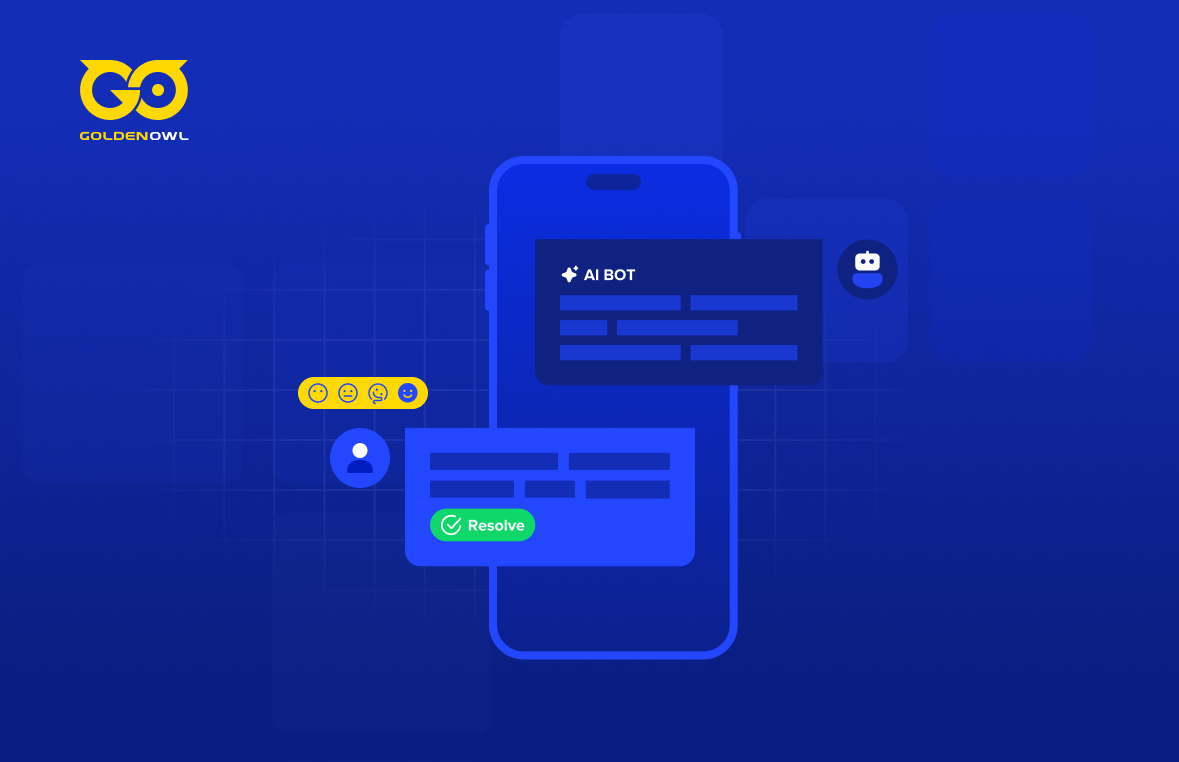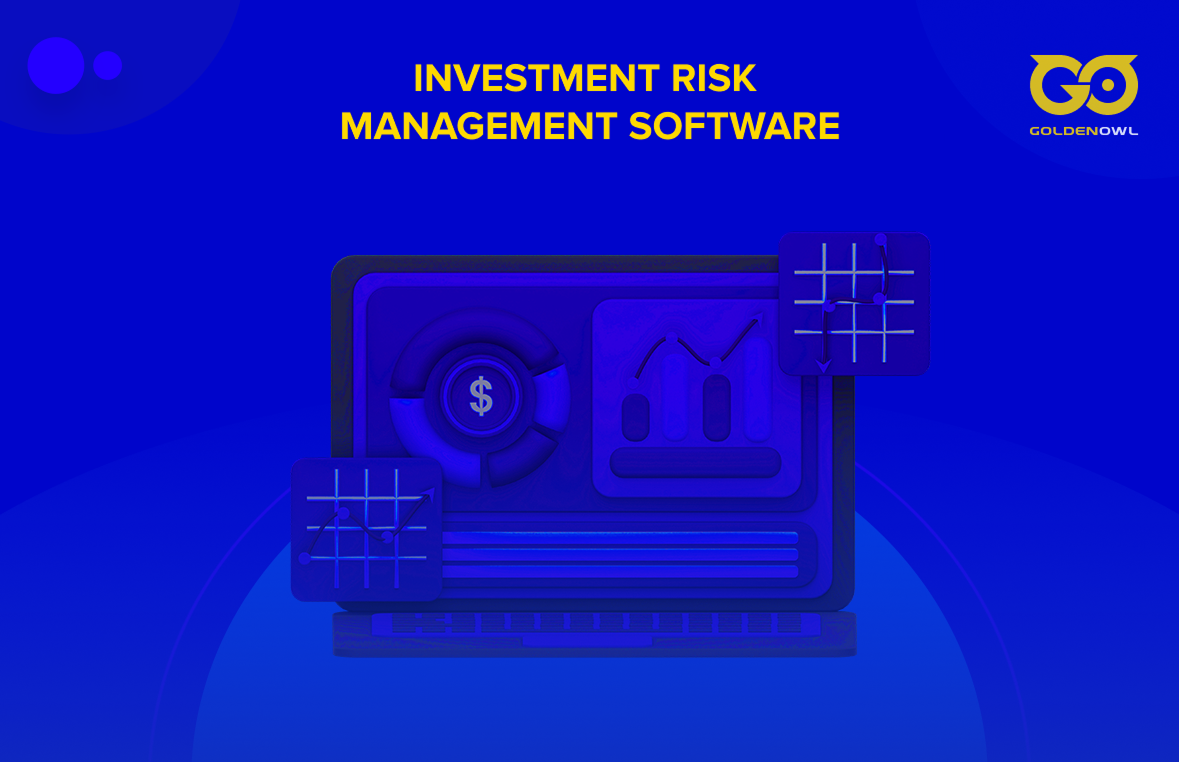Learn about the 12 best back-end technologies that expert developers use in 2023. From Laravel to GraphQL, find out the features of each technology.
A website is made of a frontend and a backend. While the frontend is where users see and react, the backend is the part that runs on the server and handles the logic, data, and functionality of the app.
What are the main backend technologies? The answer is frameworks, programming languages, databases. Also, there are many other less important tools that help developers create and maintain the app.
Choosing the right back-end technology can significantly impact your app’s performance, scalability, security, and user experience. Therefore, in this article, we will explore 12 of the most popular back-end technologies expert devs use in 2023.
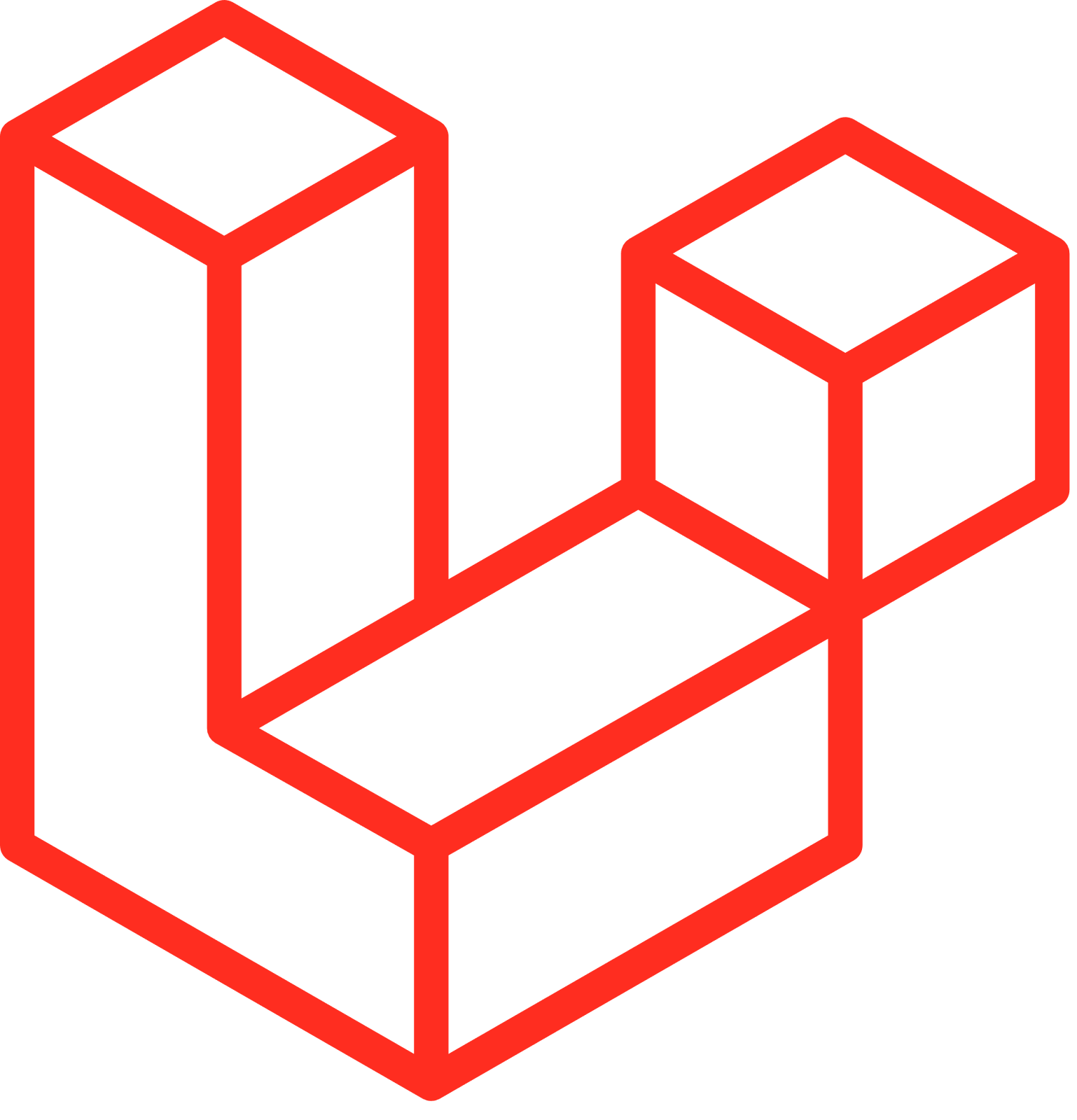
Laravel is an open-source PHP framework that simplifies web application development with a clean and elegant syntax. It is one of the most popular PHP frameworks among developers worldwide, offering many features such as authentication, routing, caching, and testing.
Laravel’s vast and active community comprises experienced developers and provides extensive resources to help new and existing developers. The community regularly releases updates, plugins, and packages that help developers enhance their skills and build better web applications.
The framework is ideal for building complex and dynamic web applications that require customization and flexibility. It is highly scalable, making it suitable for projects of different sizes. Laravel’s unique modular packaging system and object-oriented libraries make building and maintaining web applications accessible, minimize errors, and improve overall performance.
Node.js

Node.js is a JavaScript runtime environment that empowers developers to execute JavaScript code on the server side. It is both speedy and scalable. Its event-driven architecture relies on a single-threaded, non-blocking I/O model, which enables it to handle numerous concurrent requests.
This back-end technology is perfect for constructing real-time, data-intensive, and interactive web applications like chat apps, streaming apps, and online games. Additionally, Node.js boasts an extensive and lively ecosystem of modules and libraries that you can leverage to augment your applications.
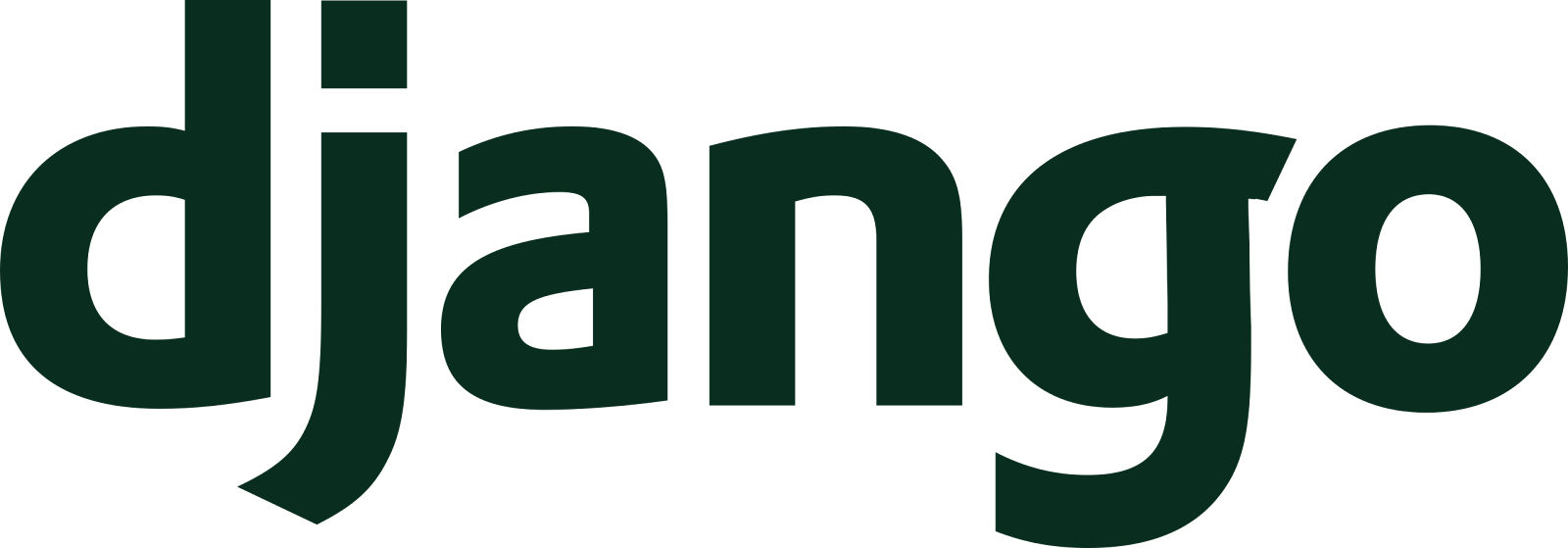
Django is a robust Python framework that follows the “batteries included” philosophy. In other words, it comes equipped with everything you need to create powerful web applications right out of the box. Django offers versatility, security, and efficiency with features like ORM, admin panels, templating engines, forms, and authentication.
Additionally, Django adheres to the “don’t repeat yourself” (DRY) principle, which encourages code reuse and maintainability. Therefore, it is the perfect tool for creating complex, large-scale web applications that demand high performance and reliability.
Ruby on Rails
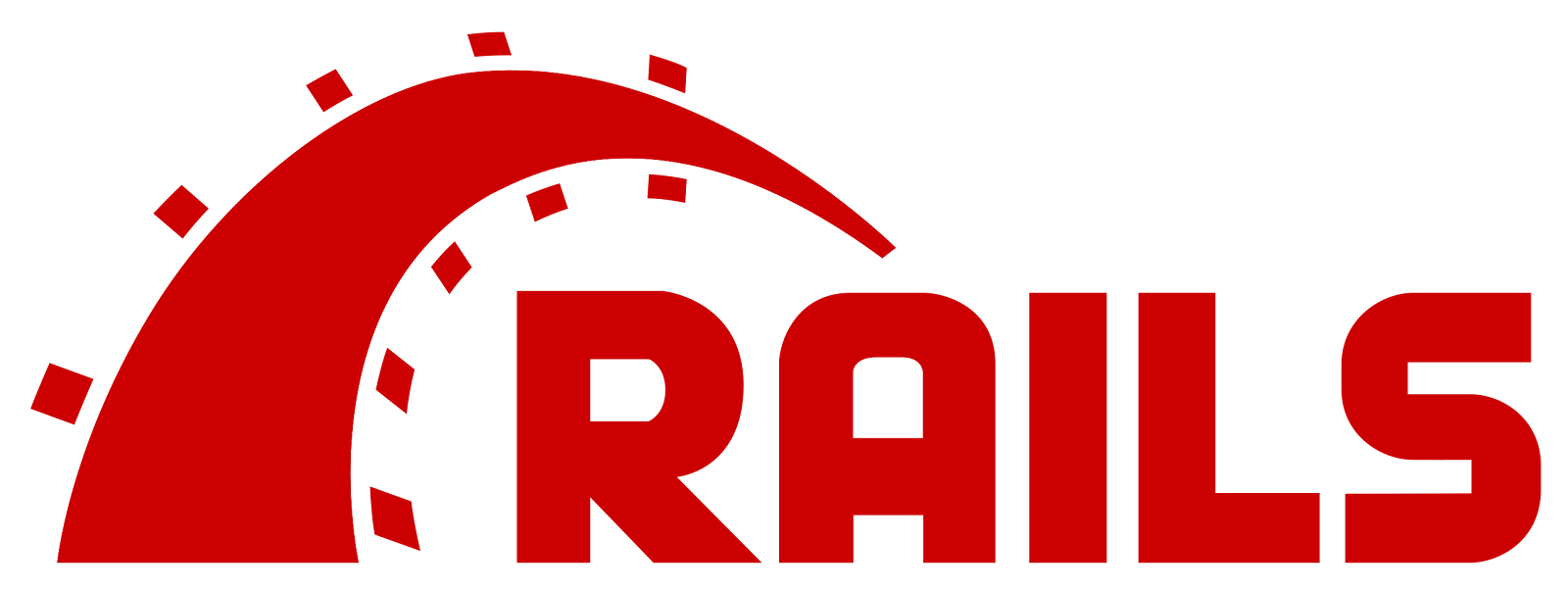
Ruby on Rails is a framework built on Ruby. It strongly advocates the “convention over configuration” paradigm. This approach assumes reasonable defaults and reduces the amount of code developers need to write.
The framework is highly expressive, productive, and even fun to use, allowing you to create web applications with minimal effort and maximal enjoyment. Ruby on Rails also supports the “rapid application development” (RAD) approach. Therefore, you can deliver working prototypes and iterate even more quickly.
All in all, Ruby on Rails is an ideal back-end technology for building web applications that require fast development and frequent changes.

Flask is a popular microframework designed for building web applications using Python programming. It is ideal for developers who prefer a lightweight framework with a minimal core and the freedom to choose their own libraries and tools.
One of the key features of Flask is its ability to handle requests and responses efficiently while keeping the application code easy to maintain and understand. Additionally, Flask supports a wide range of extensions and plugins, enabling you to easily add extra functionality to your applications.
Overall, Flask is an excellent choice for those who want to build that are easy to develop, maintain, and scale.
Express

Express is a web framework designed for Node.js that offers developers a lightweight set of features and middleware to build web applications. It is characterized by its minimalist, modular, and un-opinionated approach, which allows you to tailor your code to your specific needs. This flexibility makes Express ideal for those who require a high degree of customization and freedom when building web applications. According to Stack Overflow Developer Survey 2023, Express is the most popular backend framework.
Spring Boot

Spring Boot is a Java framework that simplifies and streamlines the development and deployment of web applications based on the Spring framework. It is an opinionated, efficient, and convenient tool that automatically configures the app and provides you with a set of starter dependencies and features to work with. Therefore, Spring Boot is ideal for building robust and scalable enterprise-grade web applications.
ASP.NET Core
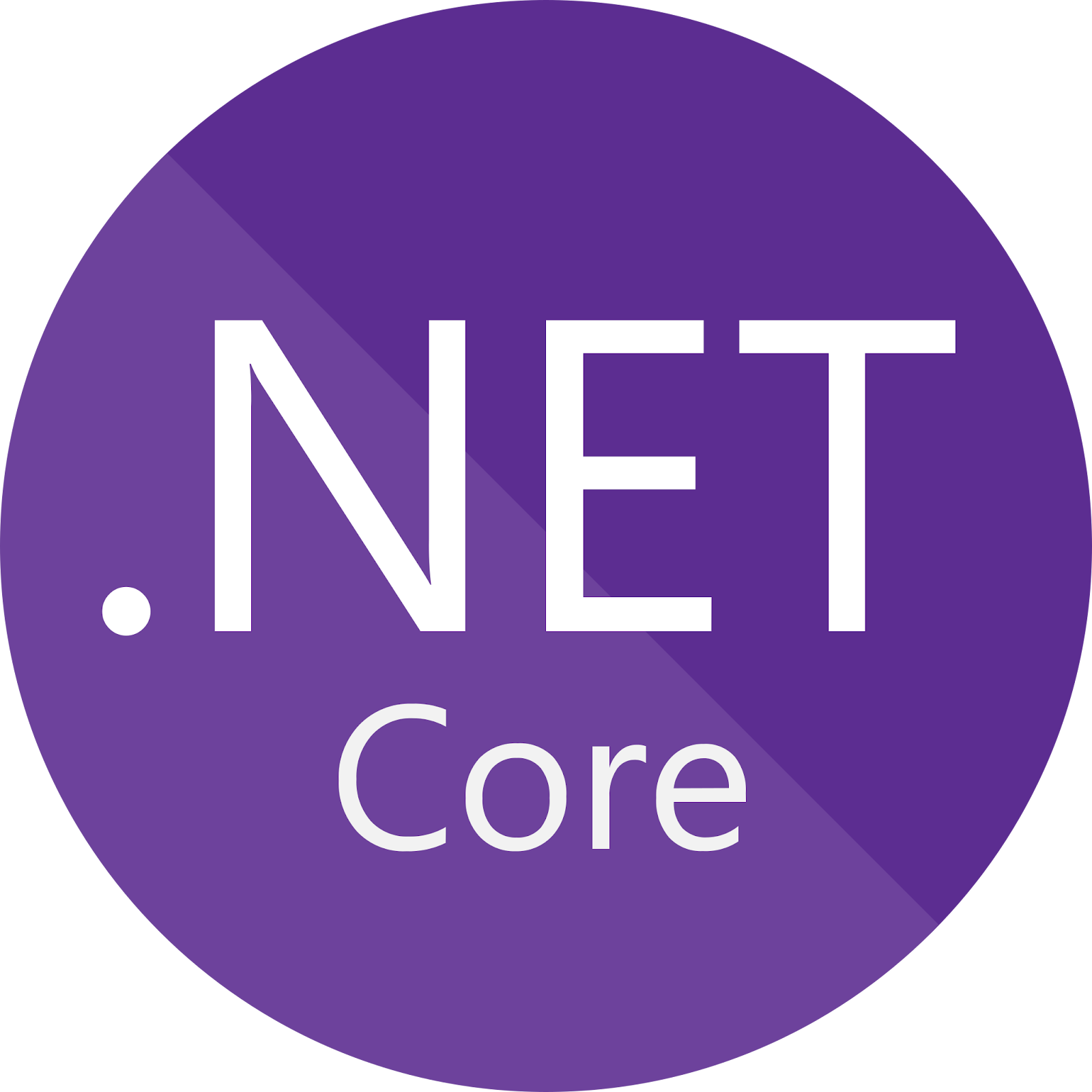
You can create modern web applications and services with ASP.NET Core—a cross-platform framework for C#. Thanks to features like MVC, API, Razor Pages, Blazor, and SignalR, it is known for its speed, reliability, and security.
ASP.NET Core is flexible and versatile, supporting various platforms and environments, including Windows, Linux, macOS, Docker, and Azure. Its high performance and compatibility make it an excellent choice for building robust web applications.
MongoDB

MongoDB is a NoSQL database that stores data in JSON-like documents. It is a flexible, scalable, and high-performing database, allowing you to model and query data in various ways.
MongoDB can support horizontal scaling and replication.
Therefore, it is a perfect choice for storing and processing large amounts of unstructured or semi-structured data, such as social media posts, e-commerce products, and IoT data.
Its easy-to-use interface and efficient query language make it a favorite among developers who require a reliable, fast, and flexible database.
MySQL
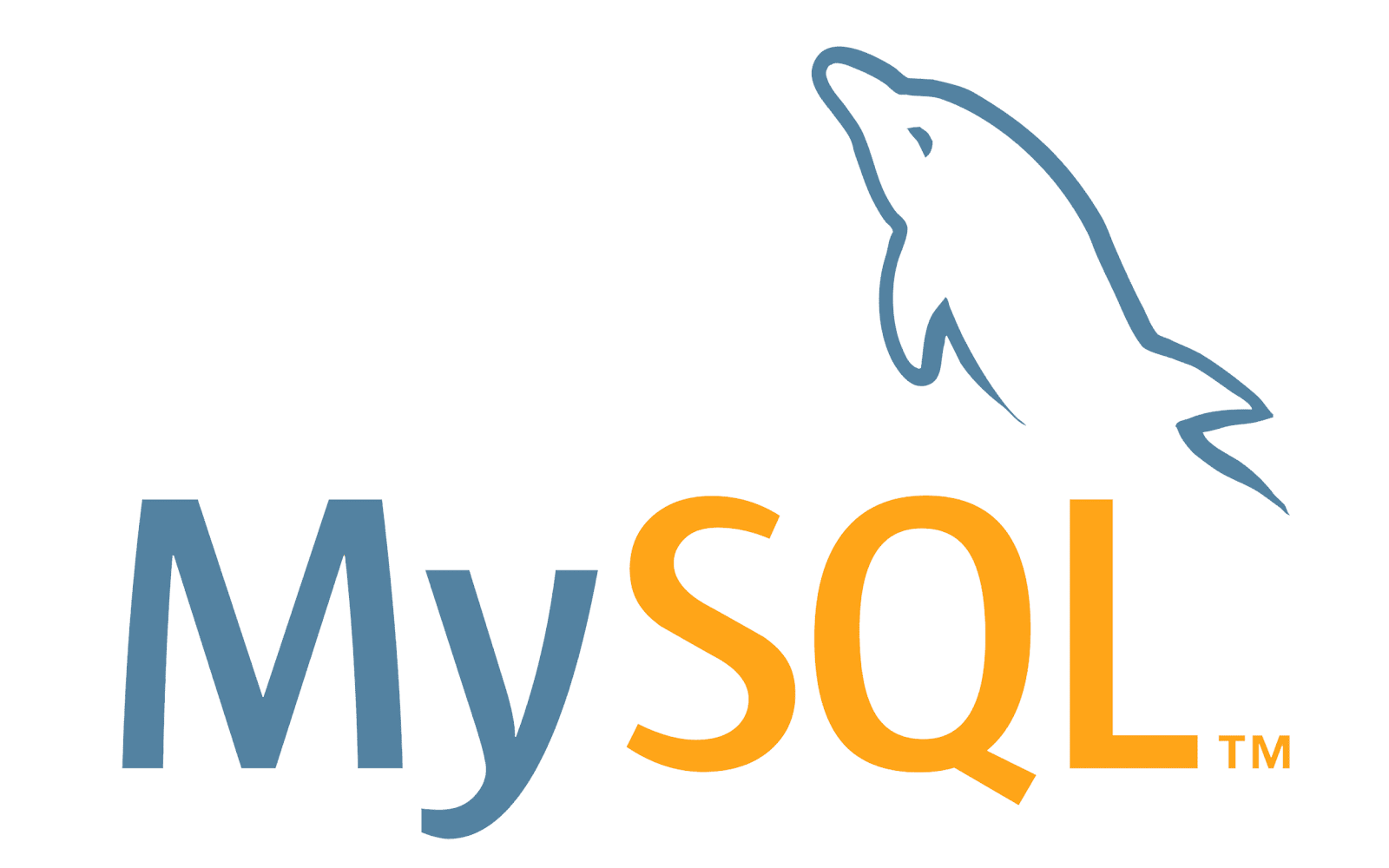
MySQL is a relational database management system that stores data in tables and uses SQL to manipulate and retrieve the data. It is a well-liked, dependable, and intuitive database, offering many features, including transactions, indexes, views, and triggers.
MySQL supports multiple platforms and languages, including PHP, Java, Python, and Ruby, making it a versatile database. It is perfect for storing and processing structured and consistent data, such as user accounts, orders, and inventory.

Firebase is an intuitive and integrated platform that provides a backend-as-a-service (BaaS) solution. Therefore, it is an ideal choice for developers looking to build sophisticated web and mobile applications.
Firebase provides you with a comprehensive set of tools and services that facilitate the process of creating web and mobile apps. Its features include authentication, database management, storage, hosting, analytics, real-time data synchronization, offline data access, and cloud functions.
GraphQL

GraphQL is a powerful query language and runtime system that enables you to define and execute queries against a data source with ease. It is declarative, efficient, and highly flexible, allowing you to specify the exact data they need and receive it in a structured and predictable format.
With GraphQL, you can easily fetch data from multiple sources, such as databases, APIs, or microservices. This makes it an ideal back-end technology for building web and mobile applications that require fast and dynamic data fetching.
Back-End Technologies: A Summary
Choosing the right back-end technology can be a challenging task, as there are many factors and trade-offs to consider. However, understanding each technology’s features, benefits, and drawbacks allows you to make informed and confident decisions that suit your needs and preferences.
The 12 back-end website technologies discussed in this article are some of the most popular and recommended by expert developers in 2023. Nonetheless, they are not the only ones. You should always explore and experiment with different technologies and find the ones that work best for you and your projects.



















